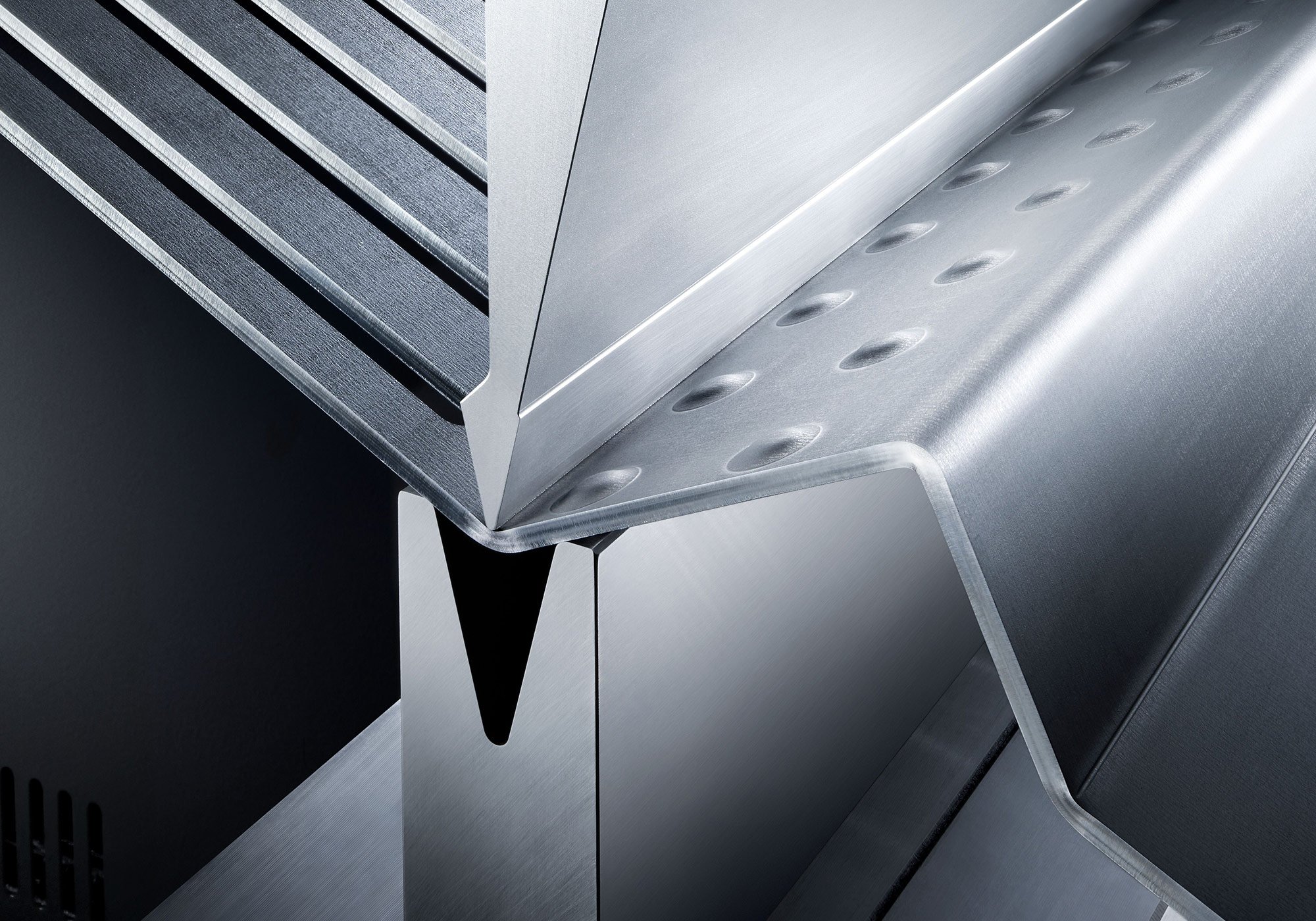Press Brake Machines: Shaping the Future of Sheet Metal Fabrication By Capital CNC


In the world of metal fabrication, precision, efficiency, and flexibility are paramount. One machine that meets these requirements head-on is the press brake. Utilized across various industries, press brake machines have revolutionized the way we bend and shape sheet metal. This article will delve into the workings, benefits, applications, and safety measures associated with press brake machines.
What is a Press Brake Machine?
A press brake is a machine tool used primarily for bending sheet and plate material, most commonly sheet metal. It forms predetermined bends by clamping the workpiece between a matching punch and die.The punch and die's shape and structure determine the kind, angle, and radius of bend that the press brake can apply to the workpiece. Modern press brakes are computer numerically controlled (CNC), enabling them to deliver precision and repeatability in complex bending tasks.
How Does It Work?
A press brake machine works by positioning a piece of sheet metal between the punch and die. The punch, located in the upper part of the machine, pushes into the sheet metal that rests on the die, which is located on the lower part of the machine.The machine applies enough force to bend the metal to the angle of the punch and die. In a CNC press brake machine, the bending process is controlled by a computer, which directs the machine to make precise bends at exact positions along the sheet metal.
Benefits of Press Brake Machines
Press brake machines offer several advantages over other sheet metal bending methods:
1. High Precision:CNC press brake machines can make highly precise bends, down to fractions of a millimeter. This precision is critical in industries where small deviations can lead to product failure.
2. Versatility:With a variety of available punch and die shapes and sizes, press brakes can create an extensive range of bends, folds, and other shapes.
3. Efficiency:Press brake machines can quickly produce large numbers of identical parts, increasing production efficiency.
4. Adaptability:Modern CNC press brakes can be programmed to produce complex, multi-stage bends, making them adaptable to a wide range of production needs.
Applications of Press Brake Machines
Press brake machines are used across a broad range of industries:
1. Construction:the construction industry, press brakes are used to create structural steel components, HVAC ductwork, and roofing materials.
2. Automotive:The automotive industry uses press brakes to shape parts for vehicles, such as body panels and chassis components.
3. Aerospace:Press brakes contribute to the fabrication of aircraft components, including wing ribs and fuselage sections
4. Manufacturing:These machines are integral in manufacturing various products, from appliances to electronics.
Safety Considerations
While press brake machines are powerful and efficient, they also pose potential safety risks if not used correctly. Operators should receive adequate training and always wear appropriate safety gear, including safety glasses and gloves.Machines should be equipped with safety guards to prevent hands or fingers from being caught in the machine during operation. Additionally, regular inspections and maintenance are crucial to ensure the machine's safe and optimal operation.
Conclusion
Press brake machines have become an essential tool in the realm of metal fabrication. They offer a combination of precision, versatility, and efficiency that's hard to beat. By understanding their workings, benefits, and safety considerations, businesses can leverage these machines to boost productivity and create high-quality, complex components. As technology continues to advance, the capabilities of press brake machines are expected to grow, further enhancing their impact on the future of metal fabrication.



